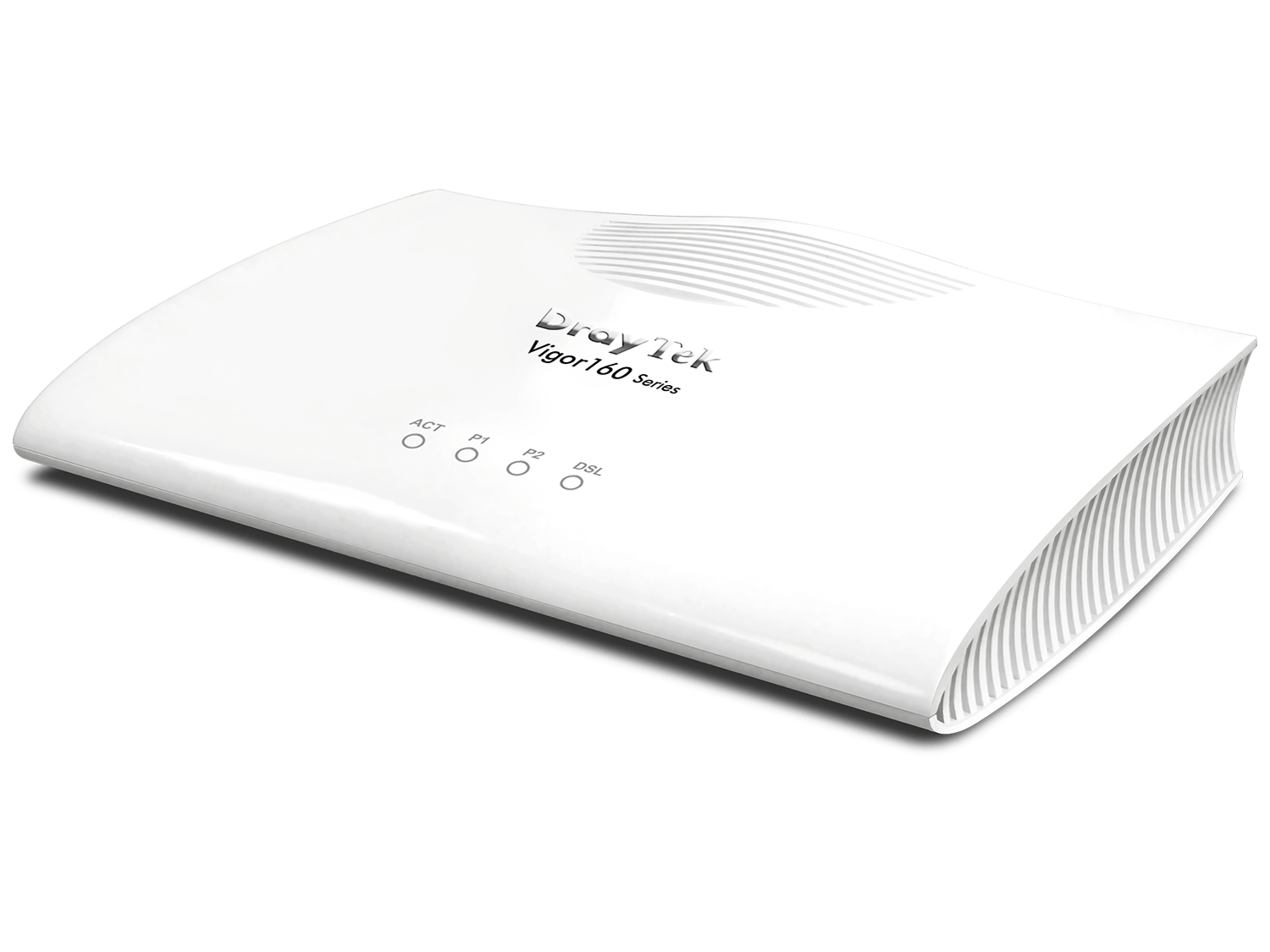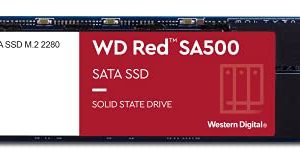What is G. Fast?
G.Fast is a standard that allows the speed of a fiber optic cable to continue over copper cable. A fiber optic connection does not necessarily always end in the apartment, but sometimes even before and then it is translated back to copper cable (see the following explanations of the different expansion stages). G.Fast thus makes it possible to use existing copper cables on the last meters. This is similar to supervectoring. However, this stops at 250 Mbit/s, whereas G.Fast can transmit up to 1000 MBit/s according to the specification with 106 MHz, with 212 MHz variant even up to nearly 2000 MBit/s. The loss to the speed in the fiber optic cable is therefore low to non-existent.
A suitable modem for G.Fast connections is for example the DrayTek Vigor 166 G.Fast modem.
What is FTTH – Fiber to the Home?
There are different expansion stages of fiber optic connections, sorted according to where the line ends and the conventional copper line begins again. Let’s assume you have the best variant, FTTH (Fiber to the Home), then ideally the cable is laid to your desk and you can also connect a router with a corresponding SFP port to the optical line (the Vigor 2133FVac would be such a candidate). For the internal house distribution you use copper cables again, which support 1 GBit/s by default, and which meanwhile also support 2.5, 5 and 10 GBit/s in the highest expansion stage. So why not use copper on the last meters in front of the house? This is already done with supervectoring and G.Fast is a much faster version of this idea.
What is FTTB – Fiber to the Building?
Well, let’s assume you don’t have fiber to the apartment, but only to the basement of your five-story house – that would be FTTB (Fiber to the Building). This means that the fiber is already inside the building, but up to your apartment it continues via copper. If this transfer point is in the basement and your apartment is on the fifth floor, you can use G.Fast to transmit the speed supplied by the fiber over the conventional copper lines in your house. This eliminates the need for rewiring the entire house. This is partly done with supervectoring, but as I said before, at 250 MBit/s downstream is the end (not to speak of upstream).
What is FTTC – Fiber to the Curb?
If the fiber optic line ends even earlier now, for example at the roadside, then the FTTC (Fiber to the Curb). Here, too, the existing copper cables can then simply be used with G.Fast, so that they can transmit fiber optic speed. If you ask yourself in the meantime, why then is fiber optic built at all: The G.Fast technology only works well over short distances of 100 to 200 meters, at 300 we are back to VDSL2 level. So it is only suitable for the last mile – but it is precisely this mile that is particularly cost-intensive to convert.
What is FTTdp – Fiber to the Distribution Point?
So there is FTTH, FTTB, FTTC – all with decreasing distance to the home. In between there is also FTTdp (Fiber to the Distribution Point). This is, so to speak, a small subnetwork of its own, which divides a fiber optic connection into several copper lines with supervectoring or G.Fast. So: Fiber optic connection doesn’t always have to mean that the optical fiber will make it into your home – with G.Fast it may be sufficient to put the last few meters back on copper. The new technology is fast enough that in most situations no speed should be wasted.




